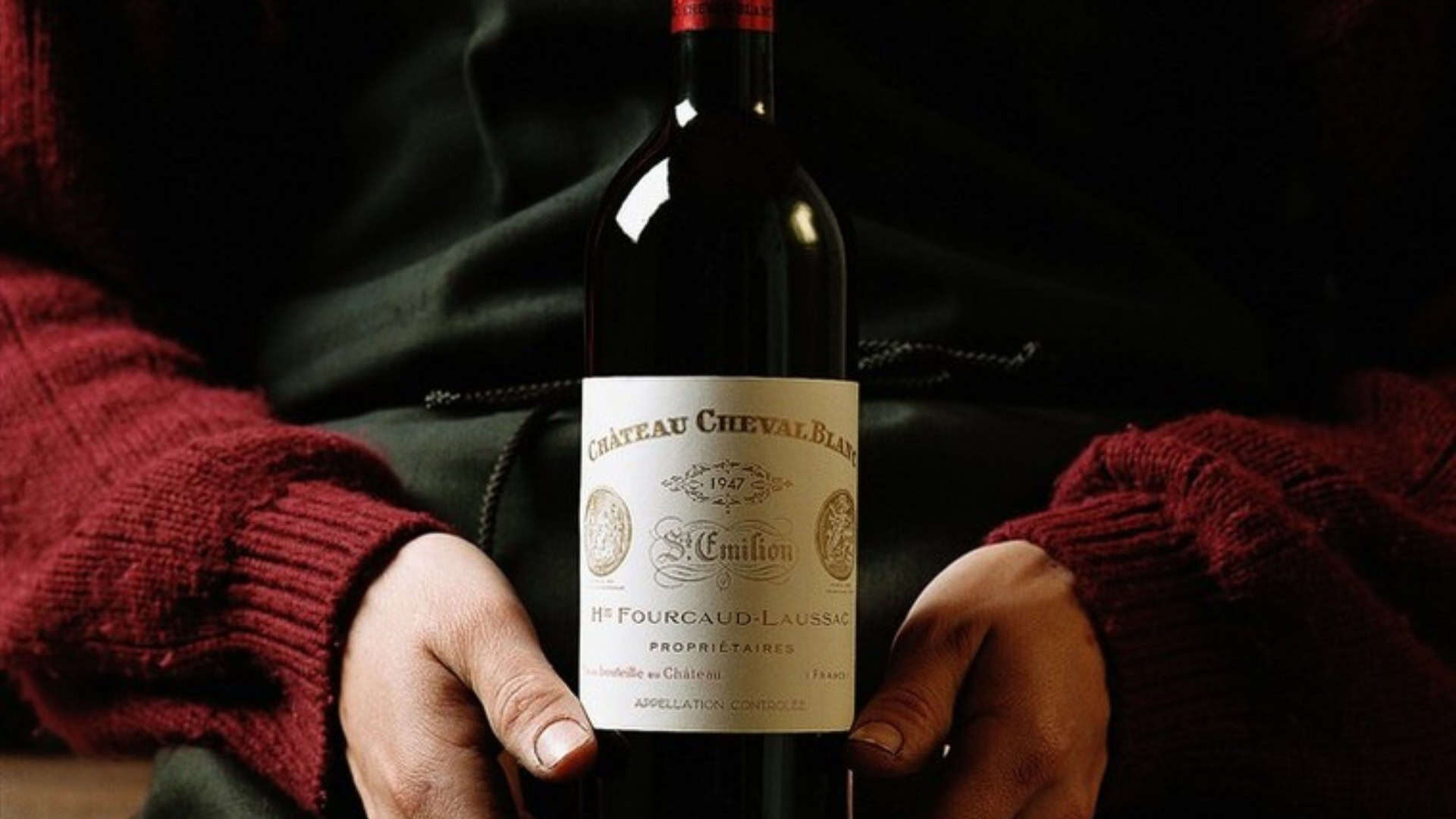Fashion has always been a powerful form of self-expression, with certain moments leaving an indelible mark on history. From revolutionary designs to bold statements on red carpets, these iconic fashion moments didn’t just reflect trends—they helped shape entire eras. Whether it was a groundbreaking silhouette or a daring outfit that challenged societal norms, each moment stood out as a defining point in fashion’s evolution. These pivotal instances not only influenced how people dressed but also how they viewed identity, culture, and individuality. Here are 15 of the most unforgettable fashion moments that forever changed the landscape of style.
The Flapper Dress (1920s)
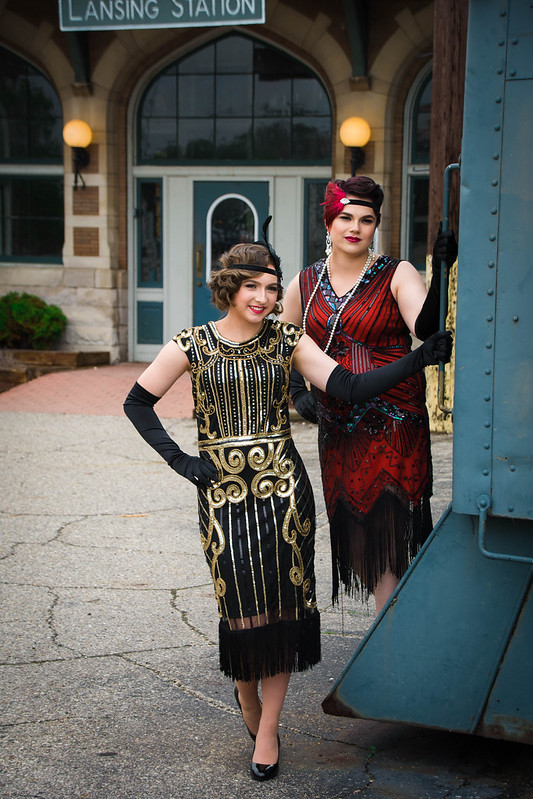
The Roaring Twenties saw the rise of the flapper dress, a symbol of rebellion against social norms. This dress, with its knee-length hemline and fringe details, revolutionized women’s fashion by embracing a looser silhouette. Designers like Coco Chanel and Jeanne Lanvin popularized the style, breaking away from the restrictive corsetry of the previous century. It allowed women the freedom to move and dance, particularly to the jazz music that defined the decade. Accompanied by bobbed hair and cloche hats, the flapper look became synonymous with modernity. These dresses also reflected women’s newfound independence, following their right to vote in 1920. To this day, the flapper dress remains an enduring symbol of the 1920s.
Christian Dior’s “New Look” (1947)
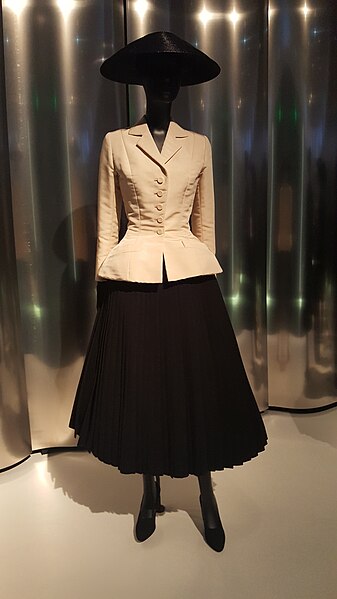
In 1947, Christian Dior debuted his “New Look,” dramatically reshaping post-World War II fashion. This collection introduced voluminous skirts, nipped waists, and padded hips, celebrating femininity after years of wartime austerity. The silhouette was a stark departure from the utilitarian styles that dominated during the war. Women worldwide were drawn to the elegance and opulence of Dior’s vision, which quickly gained global popularity. Fashion critics hailed it as a revolutionary moment, with the New Look redefining luxury and glamour. Dior’s designs set the tone for the fashion of the 1950s, ushering in an era of couture artistry. His collection remains a timeless reference in fashion history.
Twiggy and the Mod Look (1960s)
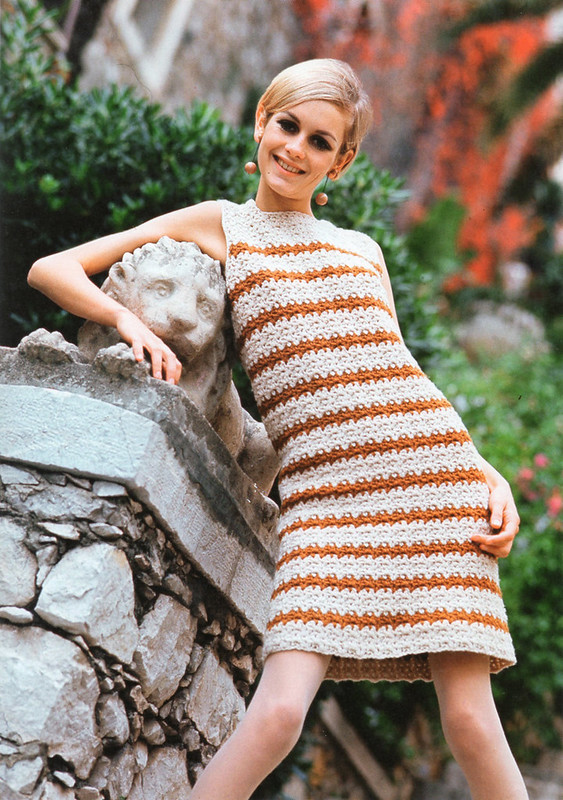
In the 1960s, Twiggy became the face of the Mod fashion movement, known for her androgynous style and boyish figure. Her iconic pixie haircut, paired with bold geometric prints and short hemlines, defined the swinging sixties. London’s Carnaby Street became a hub of Mod fashion, where mini skirts, go-go boots, and sleek silhouettes reigned supreme. Twiggy’s look reflected a shift towards youth culture and a rejection of traditional femininity. Designers like Mary Quant played a key role in popularizing the mini skirt, which became a symbol of liberation for women. The Mod aesthetic continues to influence modern fashion, with its clean lines and playful patterns. Twiggy remains a fashion icon, immortalized in the cultural zeitgeist of the 1960s.
Yves Saint Laurent’s Le Smoking Tuxedo (1966)
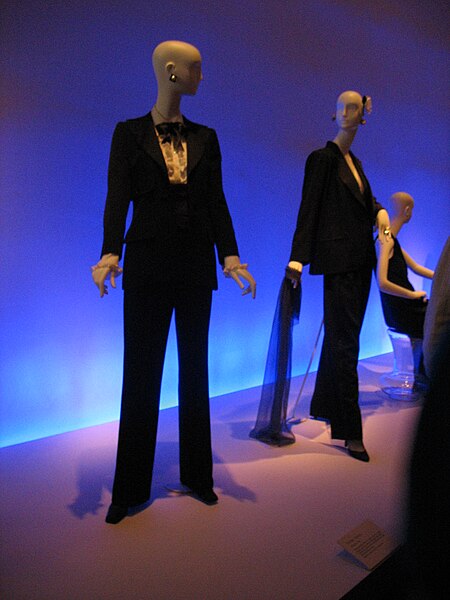
In 1966, Yves Saint Laurent made history with his introduction of “Le Smoking,” a tuxedo suit designed for women. This groundbreaking design blurred gender lines, offering women a chic alternative to the traditional evening gown. The sleek, tailored suit, often paired with a bow tie and heels, exuded power and sophistication. Le Smoking was more than just fashion; it was a bold statement about female empowerment and gender equality. It faced resistance from high-society events, where trousers for women were frowned upon, but its cultural impact was undeniable. Saint Laurent’s tuxedo suit became a symbol of rebellion and liberation, transforming women’s formal wear. Today, it remains one of the most iconic pieces in fashion history.
Punk Fashion (1970s)
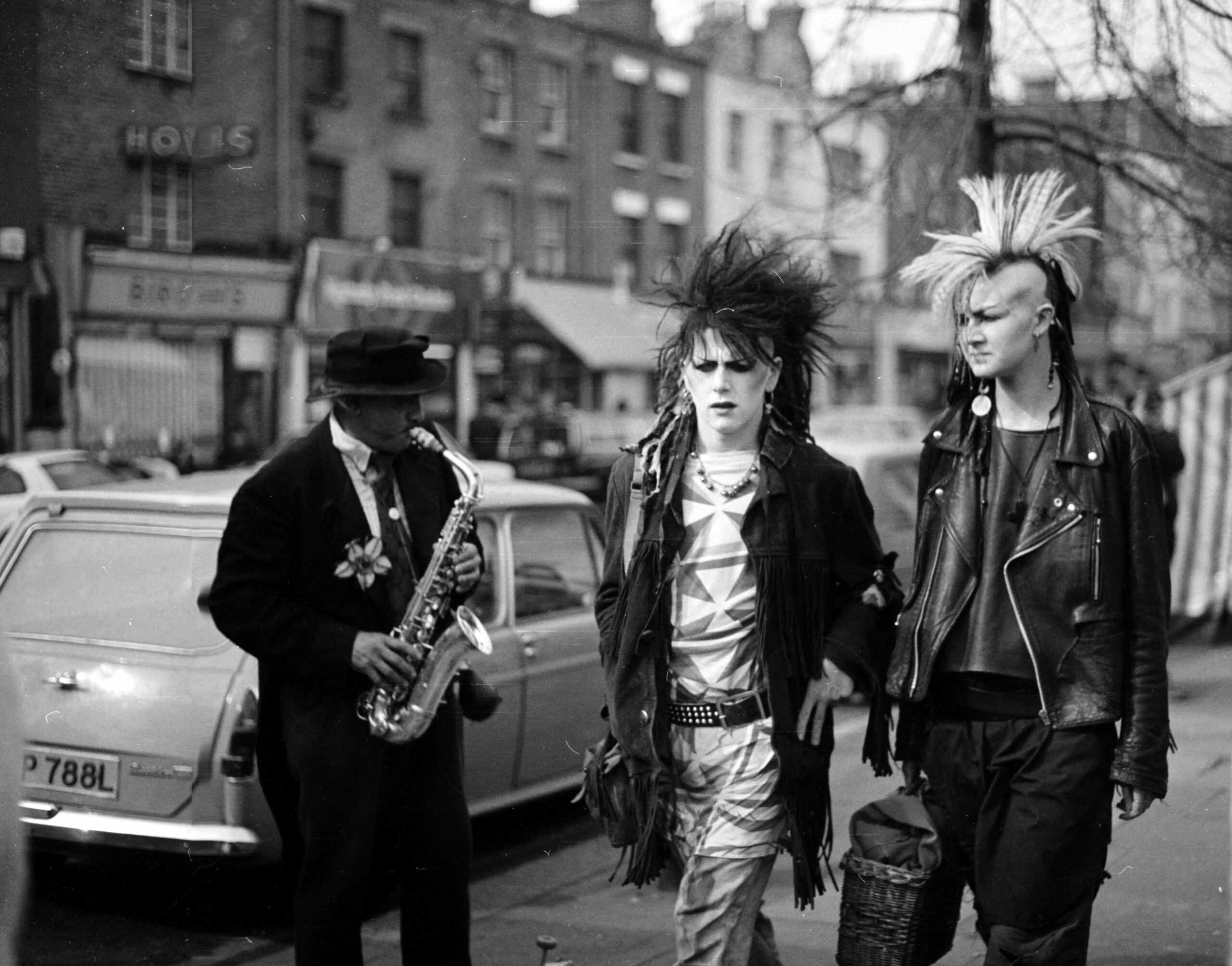
The 1970s punk movement, led by bands like the Sex Pistols, introduced a radical new approach to fashion. Ripped clothing, safety pins, leather jackets, and mohawks became synonymous with rebellion and anti-establishment sentiment. British designer Vivienne Westwood played a pivotal role in shaping punk fashion, with her shop “SEX” serving as a hub for the subculture. The style was deliberately abrasive, reflecting the anger and disillusionment of the youth. Punk fashion challenged traditional norms and embraced DIY aesthetics, empowering individuals to create their own looks. This era left a lasting imprint on fashion, with punk influences seen in everything from haute couture to streetwear. Even today, punk fashion symbolizes defiance and individuality.
Princess Diana’s “Revenge Dress” (1994)
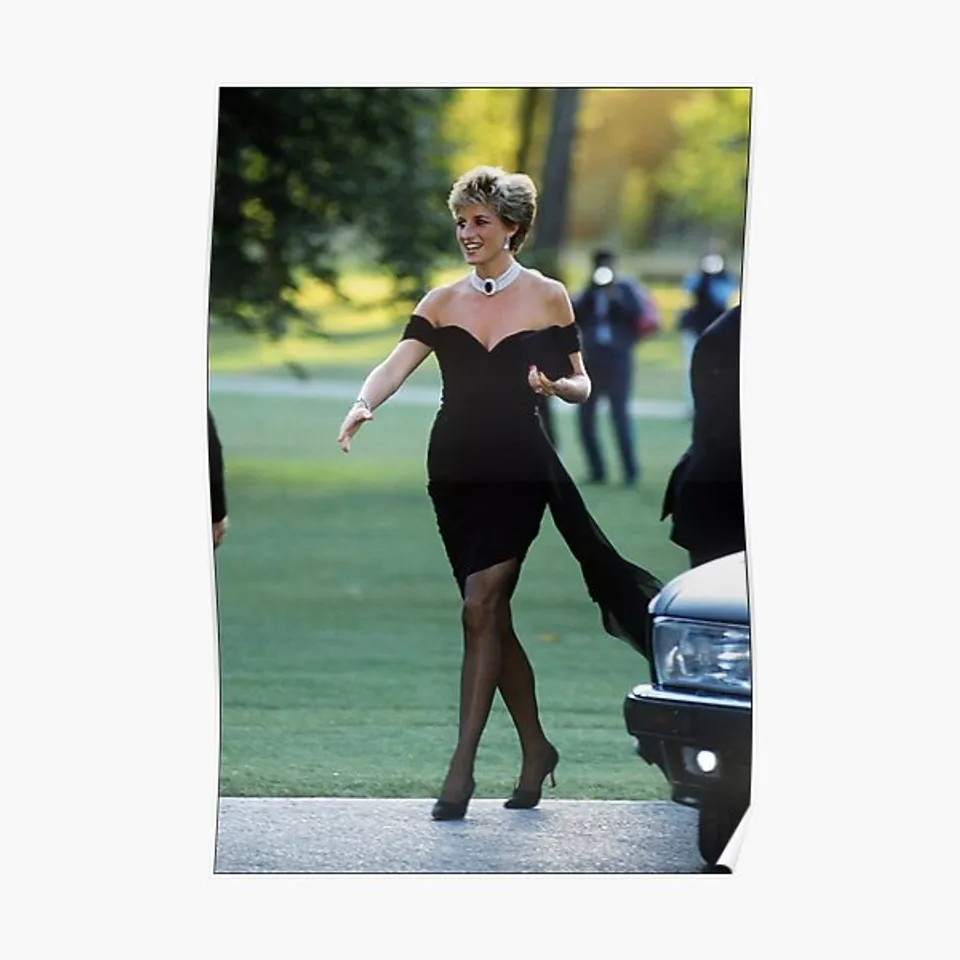
In 1994, Princess Diana stepped out in what would later be known as the “Revenge Dress,” a bold black off-the-shoulder number by Christina Stambolian. The appearance came on the same night that Prince Charles admitted to infidelity in a television interview. Diana’s choice of dress symbolized her reclaiming her independence, exuding confidence and power. The dress broke royal protocol with its daring design, capturing media attention worldwide. It was a fashion moment that transcended clothing, becoming a statement of personal strength and resilience. The revenge dress remains one of the most talked-about outfits in fashion history. It cemented Diana’s status as a style icon, forever linking her with empowerment and grace.
Kate Moss and the Heroin Chic Look (1990s)
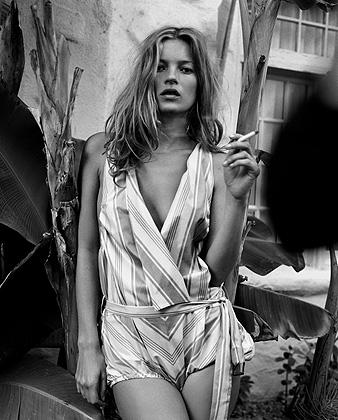
The 1990s ushered in a controversial fashion trend known as “heroin chic,” epitomized by supermodel Kate Moss. This look was characterized by ultra-thin bodies, pale skin, and a grunge-inspired wardrobe of slip dresses, oversized sweaters, and distressed fabrics. Moss’s waifish figure and nonchalant attitude became the face of this aesthetic, which dominated high fashion editorials and runway shows. The style reflected a shift away from the polished supermodels of the 1980s, embracing a raw, disheveled beauty. Despite its popularity, heroin chic faced significant backlash for glorifying unhealthy body standards. Nevertheless, it left an indelible mark on 1990s fashion, influencing designers like Marc Jacobs and Calvin Klein. Kate Moss remains one of the most iconic models of that decade.
Audrey Hepburn in Givenchy’s Little Black Dress (1961)

Audrey Hepburn’s role in Breakfast at Tiffany’s immortalized the little black dress designed by Hubert de Givenchy. The elegant, minimalist design became the epitome of timeless fashion, setting a standard for evening wear. Paired with pearls, oversized sunglasses, and Hepburn’s iconic updo, the dress symbolized chic sophistication. The little black dress has since become a wardrobe staple, representing understated elegance for women everywhere. Hepburn’s portrayal of Holly Golightly not only defined her career but also solidified her status as a fashion icon. Givenchy’s design continues to inspire modern interpretations of the LBD, making it a fashion essential. Its influence on both film and fashion remains unparalleled.
The Miniskirt Revolution (1960s)
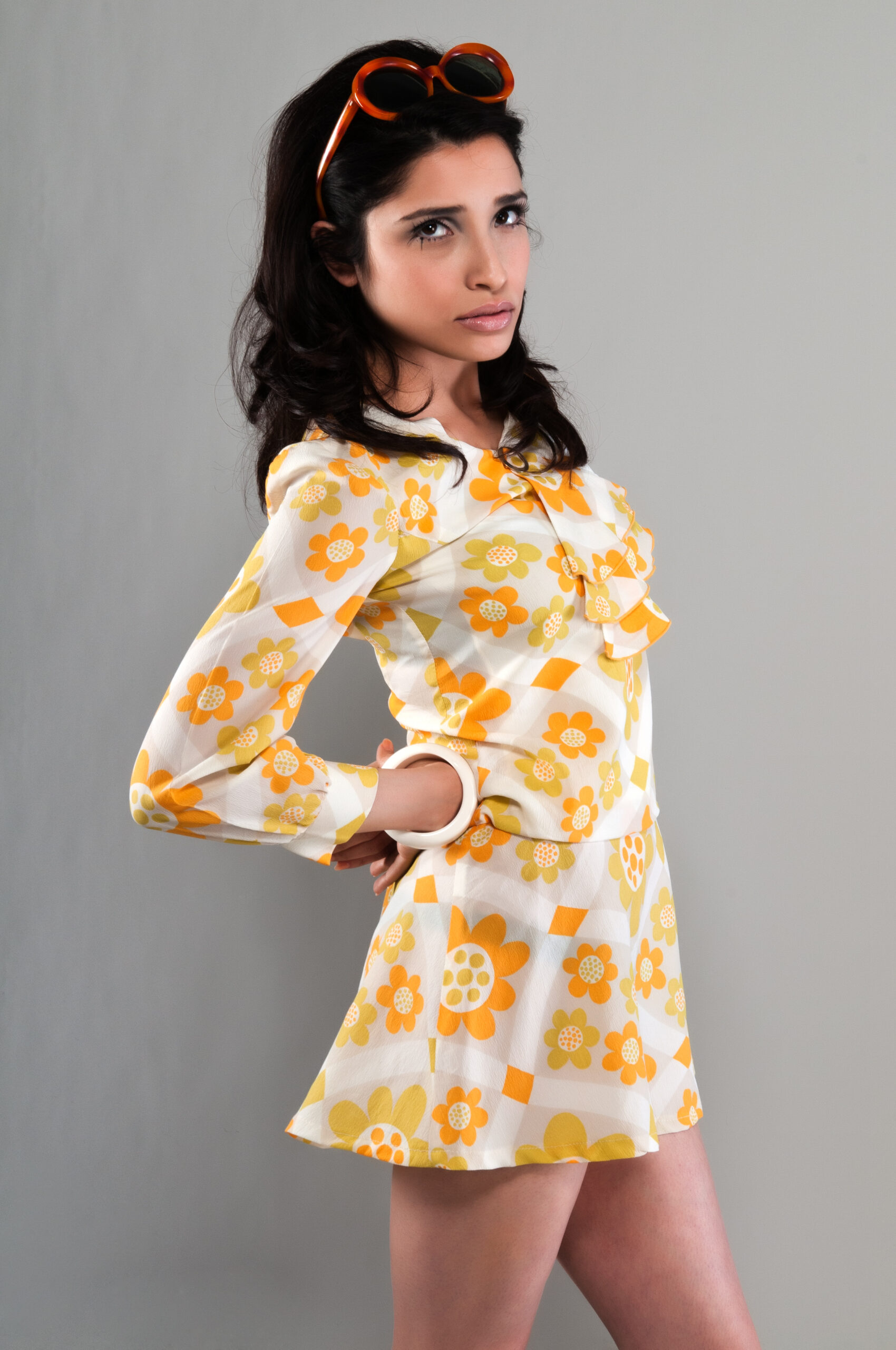
The miniskirt, popularized by designer Mary Quant, revolutionized women’s fashion in the 1960s. Hemlines rose higher than ever before, reflecting the decade’s youthful spirit and cultural liberation. The skirt became a symbol of female empowerment, as women embraced their bodies and rejected the conservative norms of previous generations. Worn with bold patterns, knee-high boots, and colorful tights, the miniskirt captured the fun and freedom of the era. Quant’s designs helped shift fashion from haute couture to street style, making it more accessible to the masses. The miniskirt’s daring length was controversial at first but soon became a wardrobe staple. It remains a powerful symbol of the swinging sixties and the social changes that defined the decade.
Michael Jackson’s Thriller Jacket (1983)
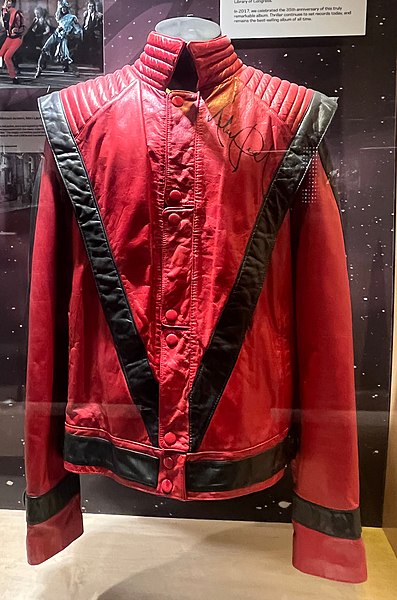
In 1983, Michael Jackson released the iconic Thriller music video, where his red leather jacket became as legendary as the dance moves. Designed by Deborah Nadoolman Landis, the jacket featured sharp, angular lines and bold shoulder pads, reflecting the pop star’s futuristic, edgy style. The jacket became an instant sensation, with fans around the world seeking replicas to emulate Jackson’s look. It symbolized the intersection of music and fashion, as Thriller became the best-selling album of all time. Jackson’s style during this era heavily influenced fashion trends, particularly in the use of bold colors and unique silhouettes. The Thriller jacket remains one of the most recognizable pieces of pop culture fashion. Decades later, it is still celebrated as a symbol of 1980s music and style.
The Rise of Athleisure (2010s)
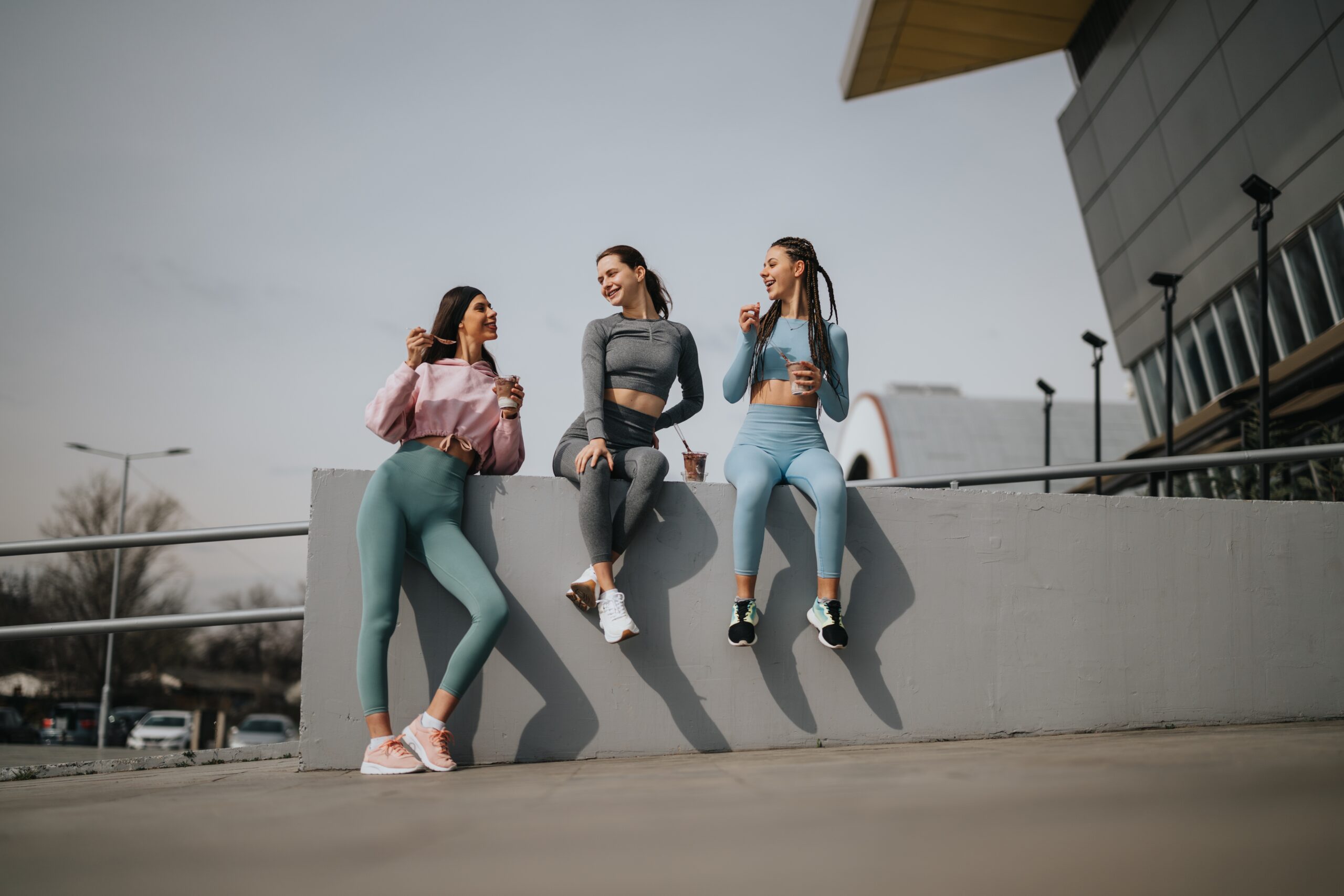
In the 2010s, athleisure became a dominant fashion trend, blending athletic wear with everyday clothing. Brands like Lululemon, Nike, and Adidas popularized this movement, making leggings, sports bras, and sneakers suitable for both gym and casual settings. Celebrities like Beyoncé, Rihanna, and Kanye West embraced the trend, wearing athleisure on red carpets and in their everyday lives. This style shift reflected a growing emphasis on comfort and versatility, as well as the influence of wellness culture. The rise of social media further fueled the trend, with influencers showcasing athleisure as a stylish, aspirational look. Today, athleisure remains a staple in modern wardrobes, evolving to include luxury versions by designers like Alexander Wang and Stella McCartney. It continues to blur the lines between function and fashion.
Jackie Kennedy’s Pillbox Hat (1960s)
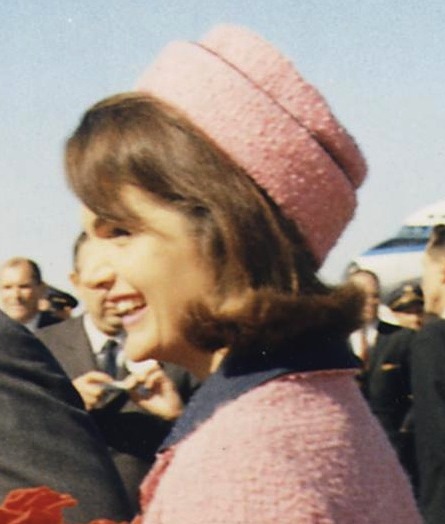
Jackie Kennedy’s pillbox hat became one of the most iconic accessories of the 1960s. Worn during her husband John F. Kennedy’s inauguration in 1961, the simple yet elegant design, created by Halston, became a symbol of her polished style. The hat complemented her sophisticated wardrobe of tailored suits, pearls, and gloves, which set trends for women across the globe. Jackie’s fashion choices were widely covered by the media, cementing her status as a global style icon. The pillbox hat, in particular, became synonymous with her image, reflecting the grace and poise she brought to the role of First Lady. Though fashion trends have evolved, Jackie Kennedy’s influence remains timeless. Her pillbox hat is still referenced in modern fashion, symbolizing classic elegance.
Marilyn Monroe’s White Halter Dress (1955)
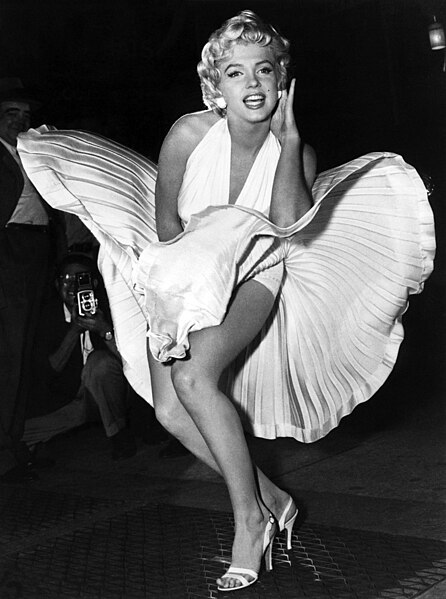
In 1955, Marilyn Monroe’s white halter dress, worn in The Seven Year Itch, became one of the most iconic fashion moments in film history. Designed by William Travilla, the pleated dress famously billowed up as Monroe stood over a subway grate, creating an unforgettable cinematic image. The scene, and the dress, captured Monroe’s sensuality and playful persona, catapulting her to international stardom. The dress itself became a symbol of glamour and femininity, influencing fashion for decades to come. Monroe’s portrayal in this moment remains one of the most recognized and replicated looks in pop culture. Travilla’s design is now synonymous with the golden age of Hollywood. The white halter dress continues to inspire modern designers, embodying timeless allure.
Lady Gaga’s Meat Dress (2010)
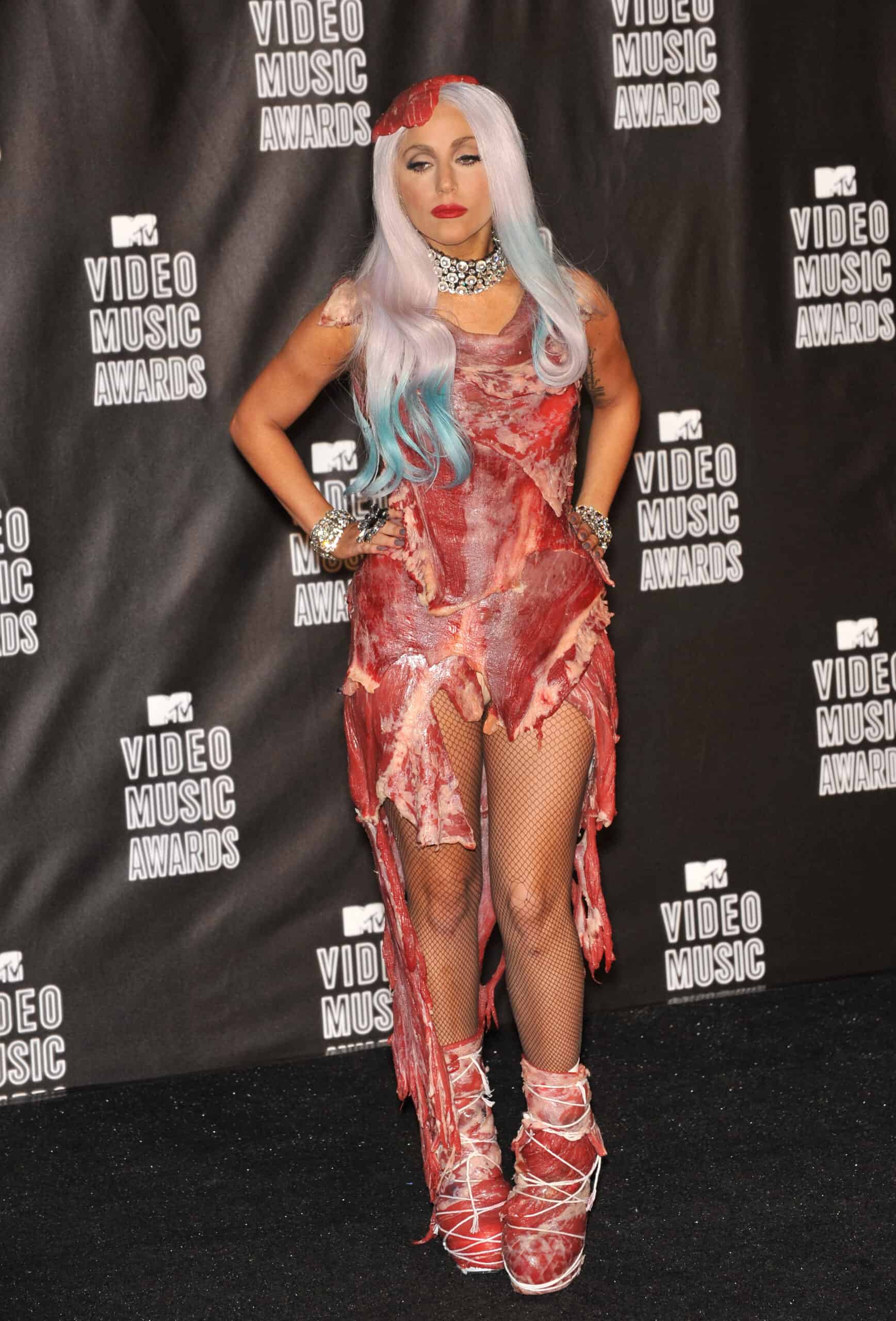
Lady Gaga turned heads at the 2010 MTV Video Music Awards when she wore a dress made entirely of raw meat, designed by Franc Fernandez. The controversial outfit was intended as a political statement about the U.S. military’s “Don’t Ask, Don’t Tell” policy, symbolizing her stance on human rights. The meat dress shocked audiences and sparked widespread debate, pushing the boundaries of fashion as a form of expression. Gaga’s bold choice was both praised and criticized, but it undeniably solidified her reputation as a boundary-pushing artist. The dress later went on display at the Rock & Roll Hall of Fame, preserved as a symbol of pop culture history. Lady Gaga’s meat dress remains one of the most talked-about fashion moments of the 21st century. It challenged conventional ideas of what fashion could represent.
The Supermodel “Big Five” (1990s)
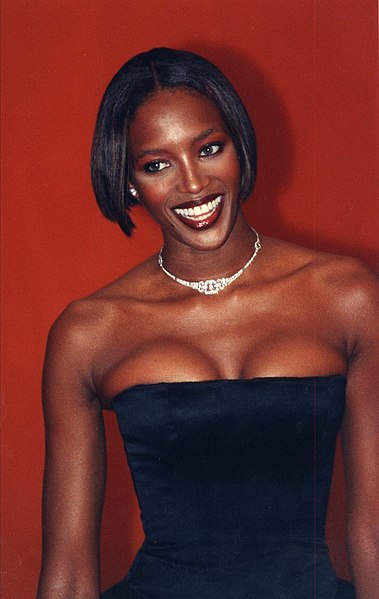
The 1990s saw the rise of the supermodel, with names like Naomi Campbell, Cindy Crawford, Linda Evangelista, Christy Turlington, and Claudia Schiffer dominating fashion runways. These five women, often referred to as the “Big Five,” became cultural icons, blending fashion, celebrity, and global influence. Their presence in campaigns for designers like Versace and Chanel helped shape the fashion industry, making models household names. The supermodels of the 90s were known for their unique looks, confidence, and ability to embody the essence of luxury and glamour. Their influence extended beyond fashion, with many branching into acting, business, and philanthropy. This era marked the height of the supermodel phenomenon, changing the way models were perceived in popular culture. The legacy of the Big Five continues to inspire modern fashion today.
This article originally appeared on Rarest.org.
More From Rarest.Org
Movie props play a crucial role in bringing films to life, often becoming just as iconic as the characters themselves. However, many of these cherished items have been lost or destroyed over time, leaving behind only stories and memories. Read more.
National parks have been established around the world to preserve natural beauty and protect wildlife, with some dating back centuries. These offer a glimpse into untouched landscapes, rich ecosystems, and cultural history. Read more.
Wines, like history, can age gracefully, and some bottles have withstood the test of time to become more than just beveragesâthey’re pieces of history. From Roman tombs to famed French vineyards, the world’s oldest wines tell stories of ancient cultures, royal collections, and meticulous winemaking practices. Read more.



